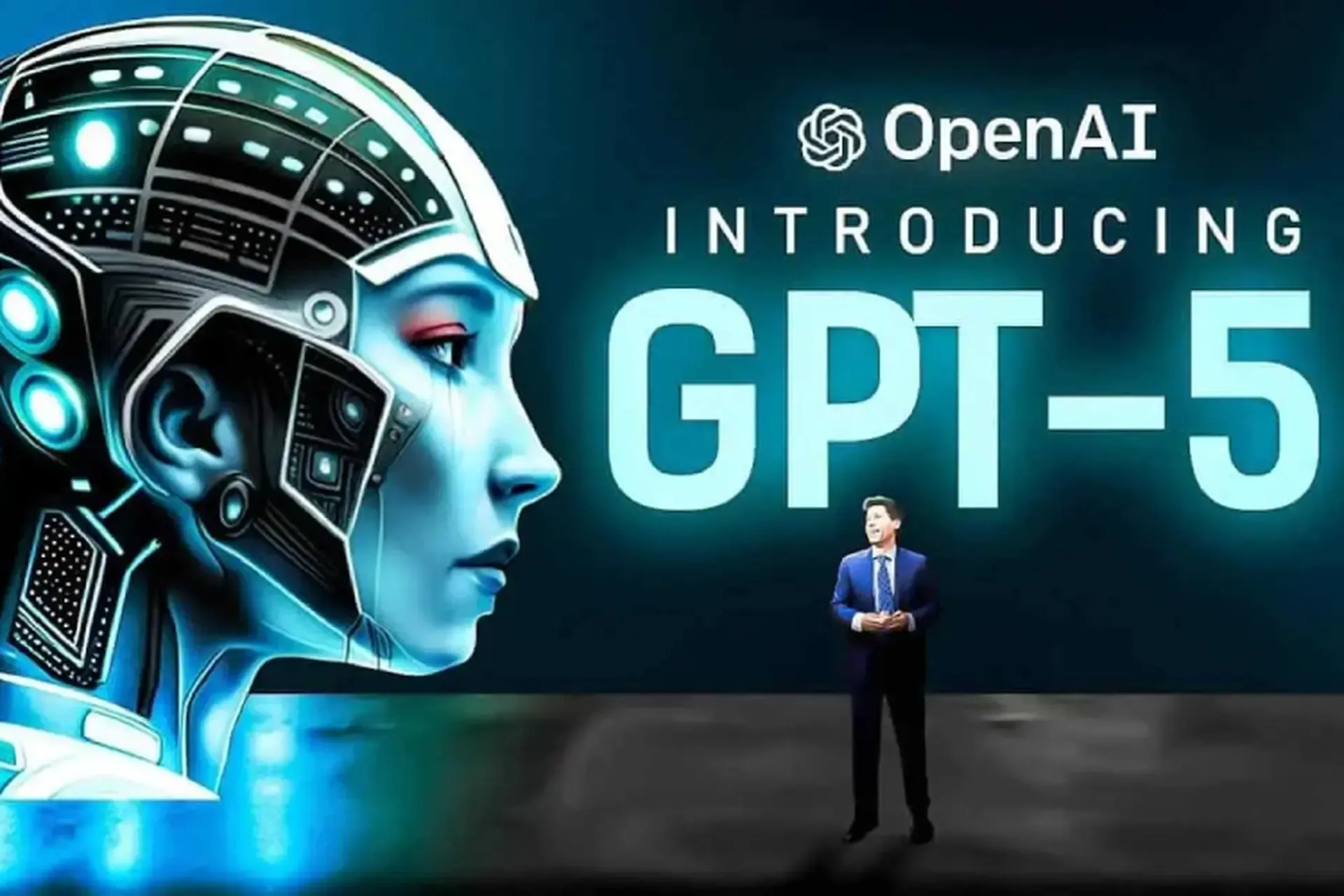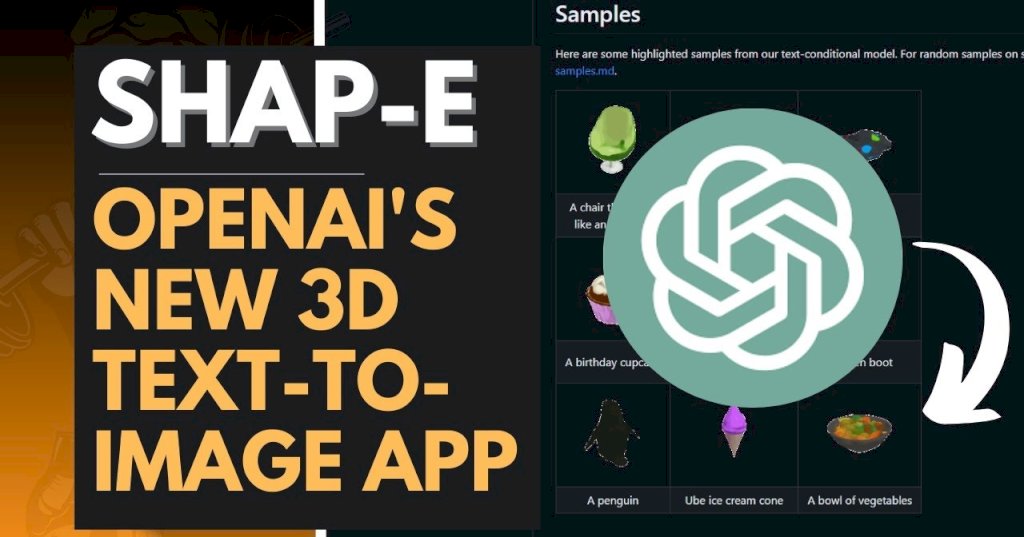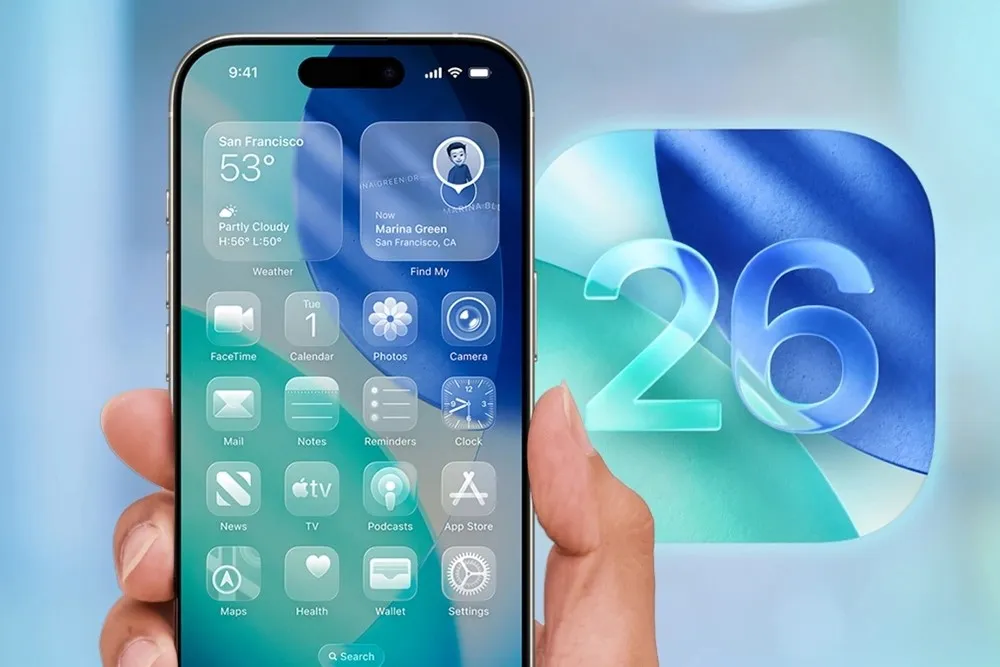Artificial Intelligence (AI) is evolving at breakneck speed, and leading the charge is OpenAI's groundbreaking GPT series. After the success of GPT-4, tech enthusiasts and industry professionals alike have eagerly awaited the next iteration: GPT-5. But what exactly is GPT-5, and why is it generating so much buzz in the tech world?
In this article, we’ll break down everything you need to know about GPT-5 — what it is, how it differs from previous models, its potential applications, and what it means for the future of AI. If you’ve been Googling terms like “GPT-5,” “What is GPT-5?”, or “When is GPT-5 coming out?”, you’re in the right place.
What is GPT-5?
GPT-5 stands for Generative Pre-trained Transformer 5, the fifth version of OpenAI’s advanced language model. Like its predecessors, GPT-5 is built using deep learning techniques and trained on vast datasets to understand and generate human-like text. However, GPT-5 is expected to be significantly more powerful, capable, and context-aware than GPT-4.
While OpenAI has not officially released GPT-5 to the public as of mid-2025, there is growing speculation and anticipation surrounding its capabilities. Reports suggest GPT-5 could bring major improvements in reasoning, context retention, multimodal integration (combining text, image, and even audio inputs), and task-specific adaptability.

Key Features and Advancements of GPT-5
1. Better Contextual Understanding
One of the biggest limitations of GPT-3 and GPT-4 was context length. GPT-5 is expected to improve long-form content generation dramatically by maintaining context over extended conversations or documents, making it ideal for applications like legal documentation, coding, and storytelling.
2. Multimodal Capabilities
GPT-5 may offer deeper integration of text, image, and possibly video or audio inputs. This means GPT-5 could analyze an image, understand its context, and generate corresponding descriptions or suggestions — a game changer in fields like content creation, design, and education.
3. Improved Reasoning and Logic
Previous models sometimes struggled with logic, math, or reasoning tasks. GPT-5 could narrow this gap, offering better performance in structured tasks like programming, data interpretation, and advanced analytics.
4. Enhanced Fine-Tuning and Personalization
GPT-5 is expected to offer finer levels of customization for specific use-cases. Whether for medical diagnostics, legal advice, or marketing copywriting, businesses could fine-tune GPT-5 more easily for their niche needs.
GPT-5 vs GPT-4: What’s New?
| Feature | GPT-4 | GPT-5 (Expected) |
|---|---|---|
| Context Length | ~32,000 tokens | Up to 1 million tokens |
| Multimodal Input | Yes (limited) | Yes (advanced) |
| Personalization | Moderate | High |
| Reasoning | Improved | Significantly Enhanced |
| Training Data | Up to 2023 | Possibly up to 2024 or later |
While GPT-4 set a new standard, GPT-5 promises to raise the bar even higher. With greater memory and reasoning ability, GPT-5 could power smarter AI assistants, more responsive chatbots, and next-level automation.

Applications of GPT-5 in the Real World
1. Customer Service and Virtual Assistants
Imagine AI that remembers your preferences across sessions, offers personalized recommendations, and solves complex queries instantly. GPT-5 could revolutionize customer service across industries.
2. Content Creation and SEO
Writers, marketers, and SEOs can use GPT-5 to create in-depth articles, social media captions, video scripts, and product descriptions with minimal input while ensuring high-quality output that ranks well on Google.
3. Education and Training
Tutors powered by GPT-5 could deliver custom lesson plans, explain complex concepts, and provide interactive simulations for students across all ages and learning levels.
4. Healthcare and Legal Tech
From generating patient reports to drafting legal contracts, GPT-5’s improved accuracy and domain-specific adaptability could streamline time-consuming professional tasks.

Concerns and Ethical Considerations
With great power comes great responsibility. As with previous models, GPT-5 raises questions around:
-
Misinformation and Deepfakes: Advanced AI could be used maliciously to spread false information or impersonate real people.
-
Job Displacement: Automation may threaten roles in writing, data analysis, and customer service.
-
Bias and Fairness: Despite improvements, GPT-5 may still carry over biases present in its training data.
OpenAI and the broader tech community must work together to implement safeguards, transparency, and guidelines to ensure ethical use.
Is GPT-5 the Future of AI?
The hype around GPT-5 is well-justified. With its expected leaps in context understanding, reasoning, and adaptability, GPT-5 could redefine how we interact with machines — making them more human, intuitive, and helpful than ever before.
Whether you’re a developer, content creator, entrepreneur, or everyday tech enthusiast, GPT-5 holds the potential to transform your workflows, enhance creativity, and unlock new possibilities.
As we await its official release, one thing is clear: GPT-5 isn’t just the next big thing — it’s the next smart thing.

-1708050797.jpg)


